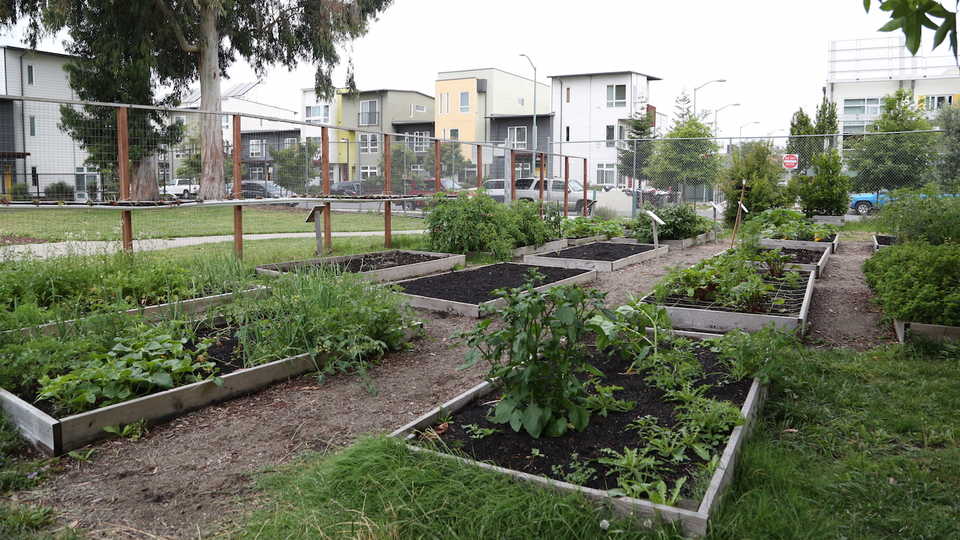Under Construction: The Regenerative Communities Project
How can SSV exert its expertise, experience, and influence to promote environmentally friendly, sustainable, livable, and workable new construction in the Bay Area?
Answering this question is at the core of our developing project, Regenerative Communities.
We see an opportunity to inform and educate Bay Area citizens, so that together we can influence how large-scale commercial real estate developments are built. Regenerative Communities is an excellent match for SSV’s fundamental goals.
What will Regenerative Communities do?
Commercial real estate developments, comprising office, retail, and multi-family housing, are one-hundred-year decisions. But Bay Area citizens have few tools to rationally evaluate and comment during the ongoing local government public evaluation process. We believe Regenerative Communities can make a big difference. It will:
- amalgamate experts’ analysis while adding our own expertise
- present systematic scoring and reporting
- engage and inform local populations, who are ultimately the primary and enduring community stakeholders.
How will the systematic reporting and scoring work?
Regenerative Communities is a work in progress. In our pilot phase, we are considering four developments:
- San Jose Diridon Station/Downtown West
- Redwood City Sequoia Station
- Related Santa Clara
- The Rise Cupertino (former Vallco Mall)
We are scoring and weighting each of these developments in each of several categories…
- Housing Affordability
- Water Usage
- Air Quality
- Mechanical Systems
- Tree Canopy/Shading
- Transportation Links
- Public Space, Community Interface
- Parking
- Retail Considerations
- Office Considerations
- Special Features
This pilot helps SSV iron out a working process model for sustainable community advocacy in the Bay Area through comments and testimony to planning commissions and city councils. SSV also intends to reach out to residents and communities in both English and Spanish.
What is the legal landscape this project will navigate?
- In 1970, Governor Ronald Reagan signed the California Environmental Quality Act (CEQA). This legislation differs from the federal National Environmental Policy Act (NEPA) in a key respect: CEQA contains language that requires California state and local agencies to adopt feasible measures not just to assess, but to mitigate environmental impact.
- Real estate developments in California are governed by a legal labyrinth; an attention focus for SSV is California’s plan to deal with growing population and climate change: the Sustainable Communities and Climate Protection Act of 2008, SB 375. It directs each of California’s 18 Metropolitan Planning Organizations (MPOs) to define strategies for transportation, land use, and housing, as we become more crowded and strive to meet our climate goals as global citizens.
- The Regional Housing Needs Allocation (RHNA) maintains a constantly increasing and consistently diverse mix of residents, as approved by the California Department of Housing and Community Development (HCD). In the Bay Area, our MPO is the Association of Bay Area Governments (ABAG); HCD approved ABAG’s 8-year RHNA plan on January 12, 2022.
- Regional agencies, like ABAG, BAAQMD and BCDC, find themselves gaining new responsibilities for enforcement of portions of legislation.
What are the benefits and goals of Regenerative Communities?
We are fortunate to be citizens of a state that not just encourages, but legally requires consideration for consciousness of the environment and our carbon footprint. SSV’s mission is in alignment with California’s sustainability and climate goals and our shared quality of life. We’re inspired to act as researchers, advocates, and outreachers doing our part ensuring a sustainable future.
